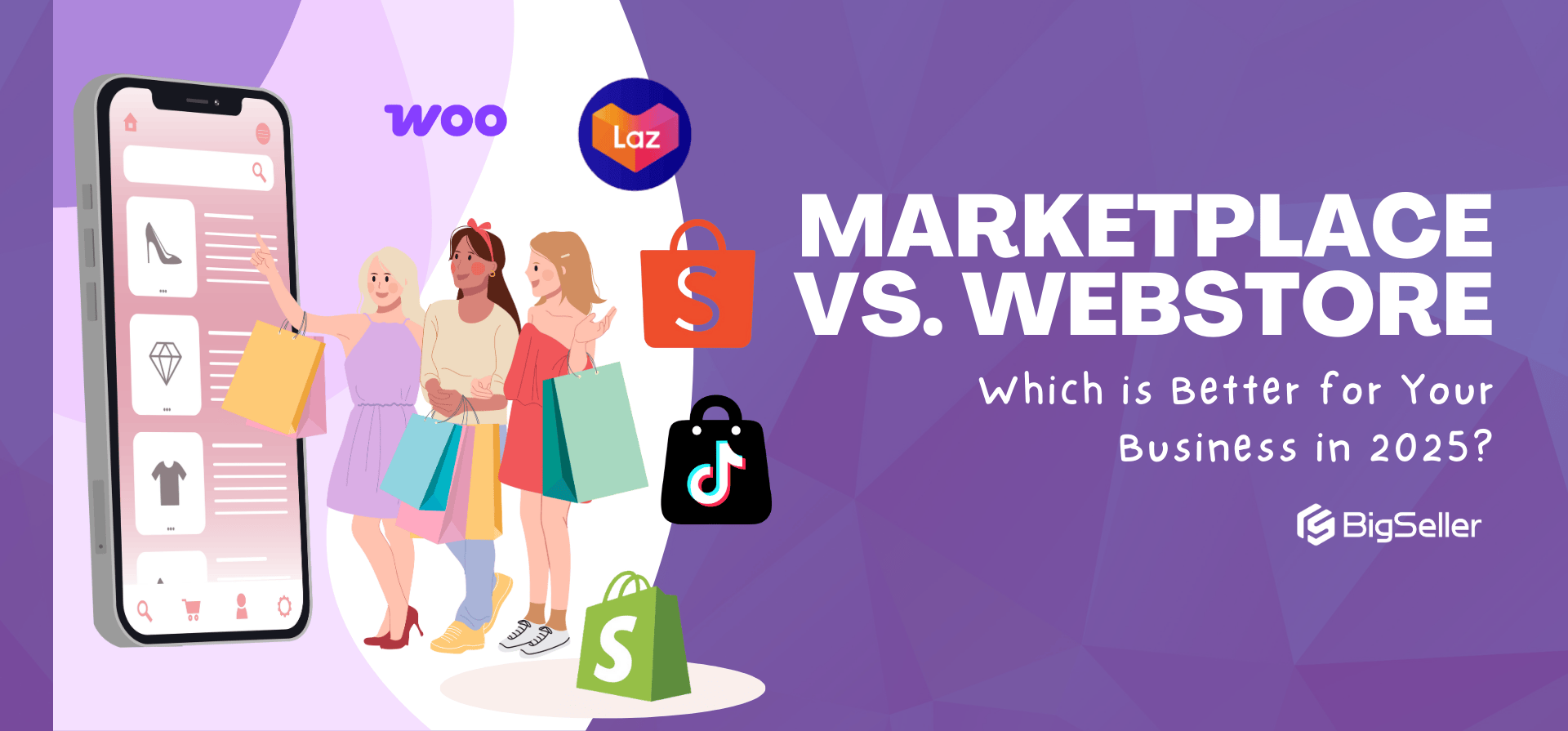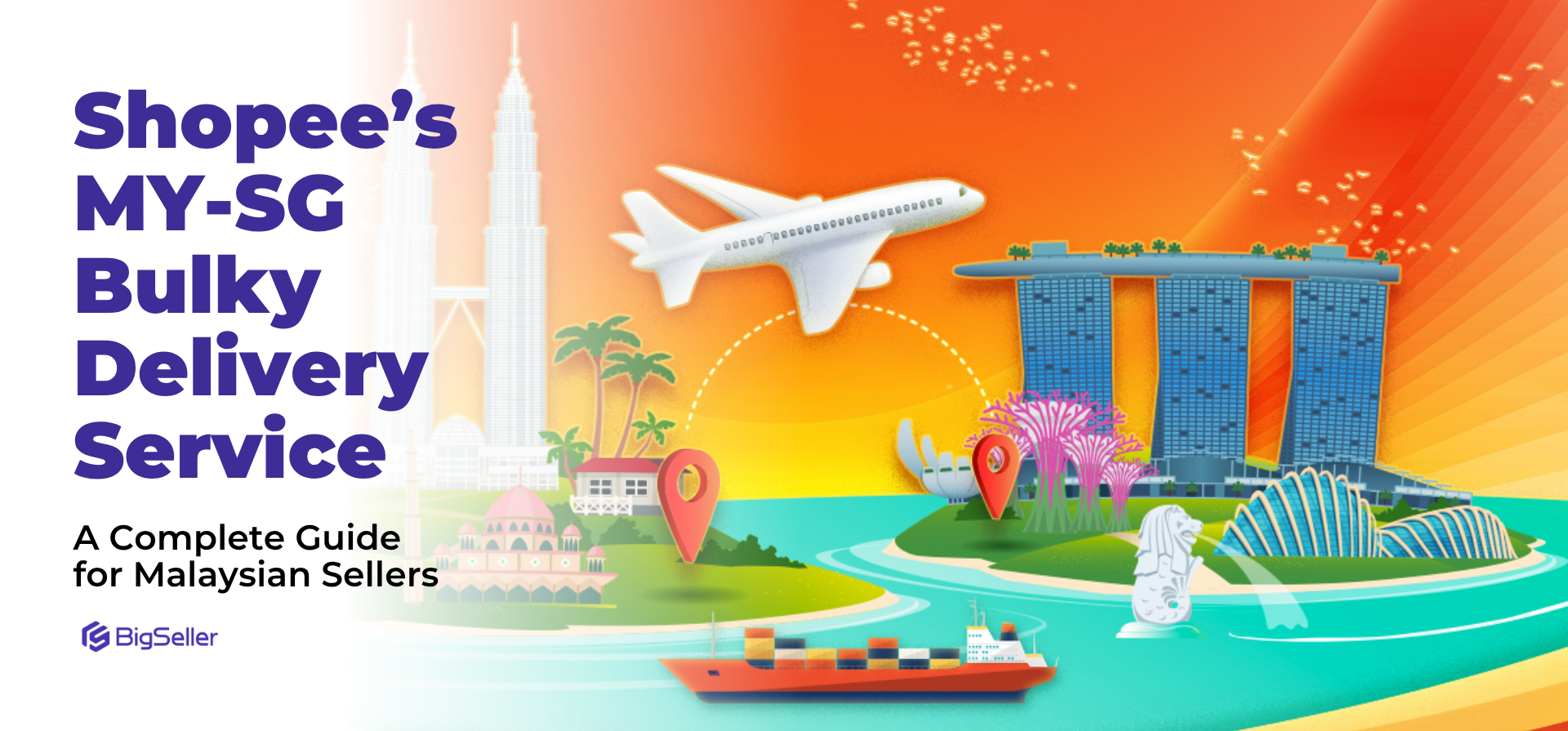Why Shopify Malaysia Stores Face High Cart Abandonment And How to Fix It
Erra 16 May 2025 08:33ENCopy link & title
Sound familiar?
Cart abandonment is one of the most frustrating issues for Malaysian Shopify sellers and one of the most common. According to Baymard Institute, the global cart abandonment rate sits around 70%, and for Malaysia, it can be even higher due to local market quirks.
If you’re trying to figure out why you’re losing sales at the last step, this article breaks down the five most common reasons and how to start fixing them.
What Is Cart Abandonment?
Every time a customer adds something to their cart but doesn't complete the checkout, that's considered cart abandonment. Think of it like someone walking into a store, picking up an item, walking to the counter, then suddenly turning around and leaving.
Each abandoned cart is a lost sales opportunity that you’ve already paid for through your marketing, product sourcing, and customer acquisition efforts. If left unaddressed, it can quietly drain your revenue potential week after week.
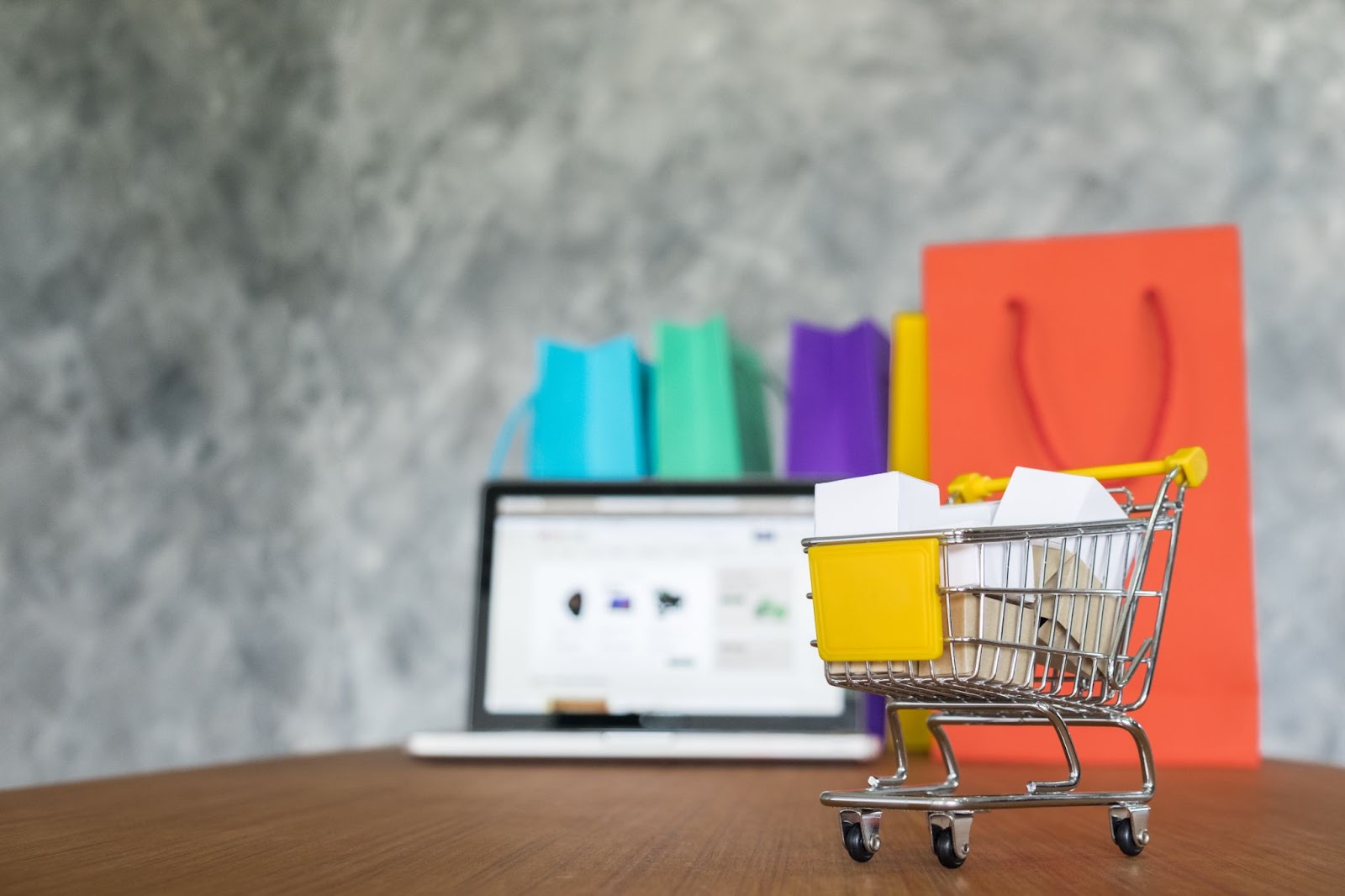
Top 5 Reasons for Cart Abandonment on Shopify in Malaysia
1. No Access to Shopify Payments
Malaysian Shopify sellers are at a disadvantage compared to those in countries where Shopify Payments is available. Without access to this native gateway, sellers must rely on third-party providers that don’t always support currency localisation or smooth checkout experiences for global shoppers.
This becomes a big issue when international visitors reach the checkout and suddenly see prices in Malaysian Ringgit (MYR) instead of their own currency. With no clear exchange rate or familiar payment experience, many of them lose confidence and abandon the purchase.
For sellers trying to grow internationally, this payment limitation directly impacts conversion rates and revenue from overseas traffic.
2. Limited Local Payment Options
Trust in payment methods also plays a huge role in purchase decisions. Many local shoppers are more comfortable using familiar options like FPX, Touch 'n Go, or GrabPay, rather than entering credit card details online.
If your Shopify store doesn’t support these local payment options, you’re essentially putting up a barrier for customers who are ready to buy, but don’t see a payment method they trust. This often leads to last-minute cart abandonment, especially among mobile shoppers and younger buyers who rely heavily on e-wallets.
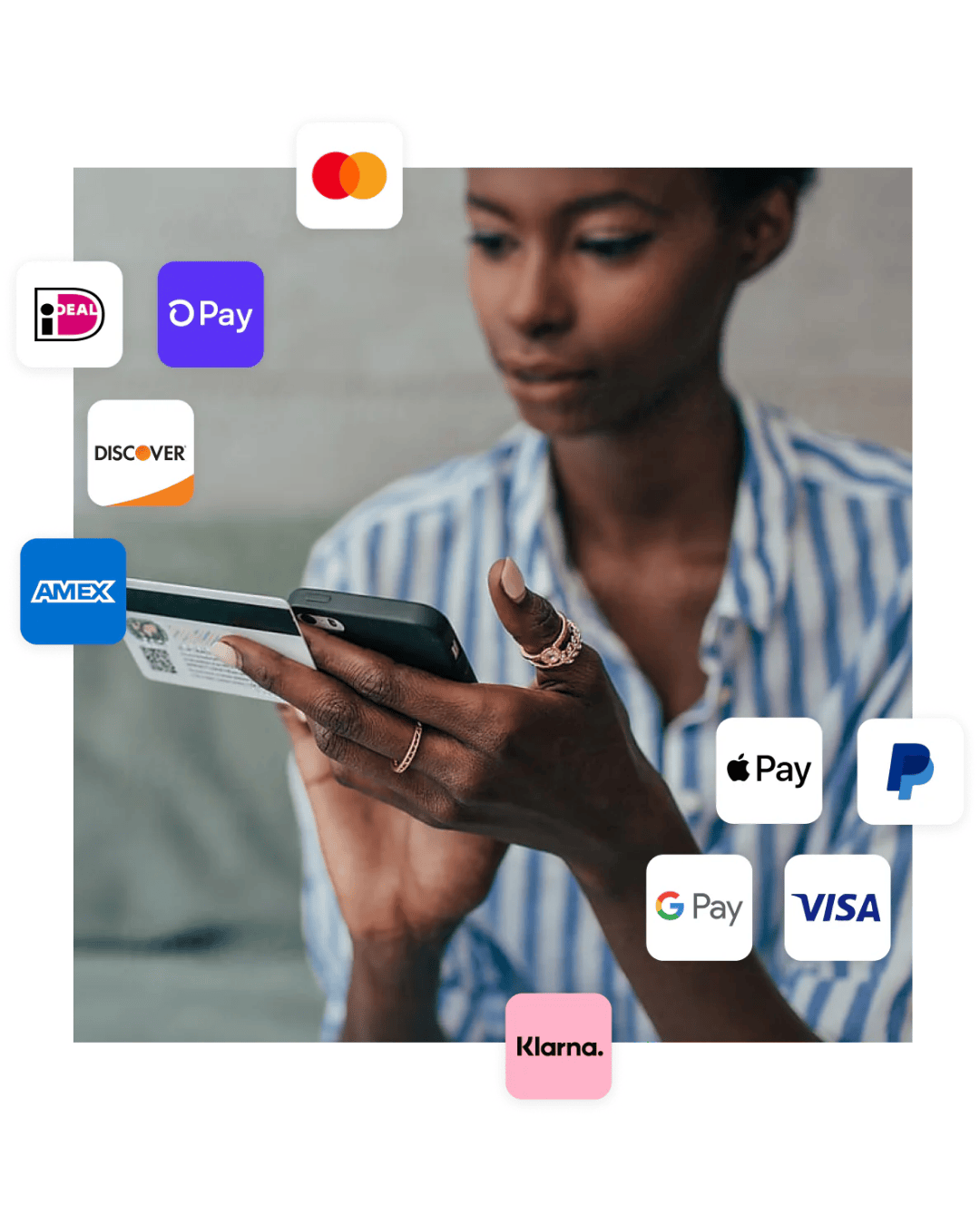
3. High or Unclear Shipping Costs
For Malaysian shoppers, price transparency matters a lot. They tend to compare total costs across platforms before making a decision. If your store hides shipping costs until the final checkout page or charges unexpectedly high fees, many users will simply abandon their carts and look elsewhere.
This kind of “surprise cost” breaks trust and disrupts the buyer’s decision-making flow. Even if your product price is competitive, unclear or high shipping fees can undo all your hard work and marketing spend by causing drop-offs at the last step.
4. Slow or Vague Delivery Timelines
Thanks to Shopee, Lazada, and even TikTok Shop, Malaysian consumers now expect fast, reliable delivery, sometimes as fast as the same day. So when your Shopify store shows a vague delivery window like “3–10 business days,” it can feel uncertain or even untrustworthy to the customer.
This lack of clarity creates doubt. Shoppers who are used to real-time tracking and next-day delivery may abandon their carts simply because they don't know when their order will arrive.
To compete, independent sellers must match these expectations by offering transparent, faster shipping options or risk losing out to marketplace giants.
5. Clunky or Complicated Checkout
Lastly, Malaysian shoppers, like most online users today, expect speed and simplicity during checkout. If your Shopify store forces them to create an account, fill out too many fields, or wait for slow-loading pages, many will give up before completing the purchase.
This is especially critical on mobile, where most Malaysians shop. A clunky or slow checkout experience on a small screen is a guaranteed cart killer. The longer it takes, the higher the chance your customer clicks away.
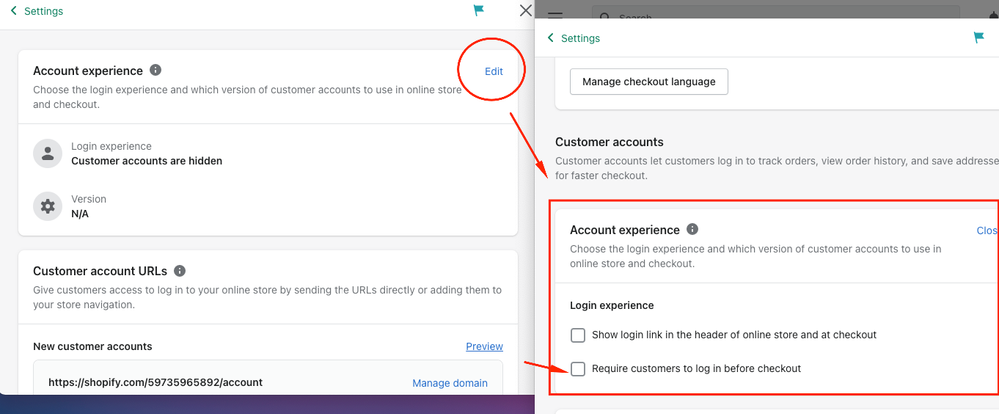
How to Recover Abandoned Carts in Your Shopify Store
Even if shoppers leave without buying, all is not lost. There are smart ways to bring them back to complete their purchase. For instance:
-
Make Checkout Easy: Don’t force customers to sign up for an account. Let them check out as guests. Use apps or features that allow fast, one-page checkouts so buyers don’t get frustrated and give up.
-
Support Local Payment Methods: Add popular Malaysian options like FPX, GrabPay, DuitNow, or MOLPay so customers can pay the way they’re used to. Display security badges to make shoppers feel safe.
-
Show Full Costs Early: Let customers see shipping fees and taxes before they go to checkout. Surprises at the end often scare people off. If possible, offer free shipping after a certain amount, this can actually make people spend more.
-
Keep Your Website Fast and Smooth: Your store should load quickly and work well on both phones and computers. A slow or glitchy checkout experience makes people quit before paying.
-
Remind Shoppers About Their Carts: Use Shopify’s abandoned cart emails to remind people of the items they left behind. You can also send reminders through WhatsApp, especially with a discount to encourage them to return and complete the purchase.
- Build Trust With Clear Policies: Make sure your return and refund policies are easy to find and understand. This helps customers feel more confident when buying from you.
-
Add Live Chat for Help: Let customers chat with you during checkout in case they have questions. This can help clear doubts and reduce dropouts.
In short, make the buying process smooth, transparent, local-friendly, and trustworthy, so fewer people leave their carts without buying.
Streamline Your Shopify Operations to Close More Sales
While most cart abandonment strategies focus on front-end fixes, the backend logistics are just as important. By integrating BigSeller with your Shopify store, you can:
-
Manage real-time inventory to avoid out-of-stock frustration
-
Connect local couriers and auto-sync shipping details to boost delivery confidence
-
Automate pricing, discounts, and promo sync across all your platforms
-
Centralised order management, especially if you also sell on Shopee, Lazada, or TikTok Shop
In a market where every abandoned cart is a lost opportunity, BigSeller gives you the tools to deliver faster, respond smarter, and convert more from first click to final mile.
Don’t miss out on more tips like this. Subscribe to our WhatsApp Channel for e-commerce insights, platform updates, and selling strategies delivered straight to your phone.



